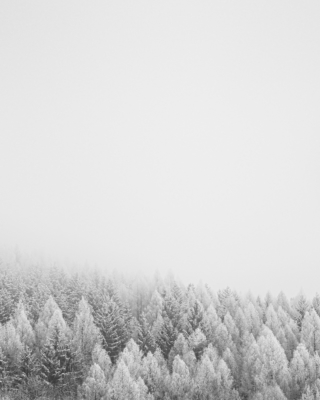
Water gardens and ponds can be a great addition to your backyard environment and overall landscape design, but maintaining the vitality of your pond depends on a thorough yearly cleaning and winterization process at the end of each autumn season.
Falling Leaves
Falling leaves can present problems for a pond. If left alone, they will decay, adding to the ammonia load and making the water acidic. Netting a pond is one common method of preventing leaves from falling in. The next best option is a skimming net to remove the leaves.
Fish
If your pond is deep enough, it is best to leave your fish in it during the winter. Ice will form on top but the water underneath will not freeze. Always ensure that there is an opening in the ice to allow for gas exchanges. When the water temperature dips below 50 degrees, discontinue feeding your fish. In the spring, when water temperatures reach 55 degrees again, your fish will become active and ready to feed. Begin feeding them again after you have re-established filtration.
Plants
As the foliage on your hardy plants begins to die, remove any dead or dying leaves and place plants deep enough in your pond to keep the roots from freezing. Also, remove any tropical plants from the pond, as they will decay and pollute the water. Many tropical plants can be brought inside and treated as house plants for the winter.
If your pond is too small or shallow to withstand freezing temperatures, there are other options to consider. You can add a floating deicer, which will keep the pond above freezing. If your pond is not too large and does not contain fish, you can place a cover such as plywood over it and place bags of leaves or bales of straw on top for insulation purposes. A tarp should also be placed over the straw or leaves to keep them dry for more effective insulation.
Pumps, Filters and Heaters
If you are going to use a heater in your pond during the winter, the pump should first be removed. If you are not using a heater, leave the pump in to maintain a hole in the ice or add a floating de-icer such as the Thermo-Pond heater to serve this purpose. Some type of opening in the ice is necessary to allow for gas exchanges. Any ultraviolet lights will need to be brought indoors before the first frost of the year whether you leave the pump and filter running or not.
If you have a waterfall, it can be beneficial to have it running during winter, since waterfalls can be good filters and aerators. The only exception would be if you are expecting a period of prolonged cold weather where the waterfall could potentially freeze. It is possible for a waterfall to freeze in such formations that it will not return water to the pond, causing the pump to empty the pond. If this is the case, it is best not to run the pump during this time.